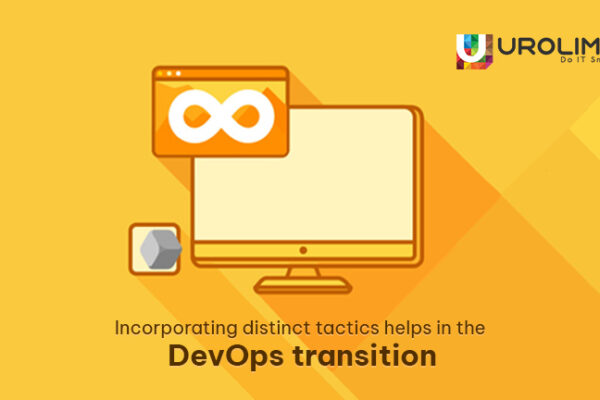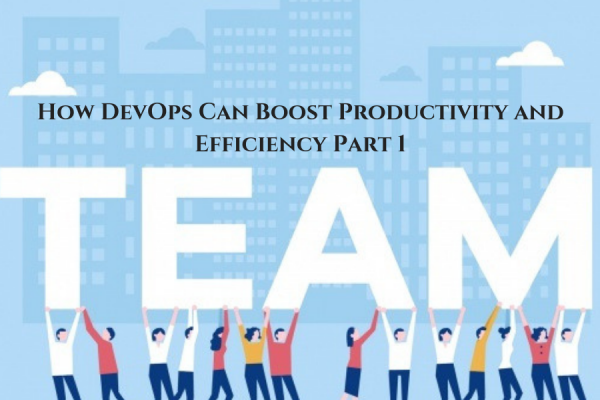With game-changers like Big Data and cloud computing taking over the business, its pace is increasing dramatically. It has also impacted the dynamics of software development life cycle. As a result organizations are required to release and deploy new features at a rapid rate. This leads to frequent application release in stark contrast to the conventional one-time release model. Businesses need the power and agility of DevOps to meet the demands of the ever-changing application development landscape. DevOps encourages the development and operations team to collaborate better resulting in increased efficiency, productivity, rapid and continuous delivery.
An organization comprises of Legacy systems and advanced systems. In this blog post, we will explore how to Implement DevOps in Legacy Systems. This is a blog series comprising of two parts.
Legacy systems are an integral part of an organization. It comes with huge amounts of valuable data. Despite the race towards digital transformation, it is easier said than done to completely eliminate or replace legacy systems. The primary reason being the use of these systems in everyday critical business functions and the unavailability of an equally elaborate alternative. Legacy systems are still being widely used in different business verticals and the big numbers are indicative of how integral legacy systems are for enterprises. The need of the hour for businesses is to automate the legacy applications using DevOps in order to meet changing market and customer needs.
DevOps and legacy systems
As per popular belief, DevOps and CI/CD approaches do not go hand-in-hand for legacy systems. Adding to the chaos is the age-old architecture, tightly integrated hardware components, fragile codebase, etc. For organizations skeptical about kick starting their legacy system automation journey; the right approach is all about incorporating five principles of Automation, Standardisation, Shift-left, Communication, and Feedback driven development.
Automate build and deployment
The lack of CI process in legacy systems slows down the build and deployment processes further delaying releases and deployment. Branching strategies for legacy systems can play a great role in overcoming this challenge. Below mentioned are three ideal branching strategies that work for legacy systems:
- Development ? Release ? Master–Used for active development
- Maintenance/Hotfix ?Master–Used for bug fixes and emergency defects
- Feature Branch ? Develop ? Release ?Master–Used for adding release features to the main branch
Automate unit test coverage
Legacy systems and waterfall development model increase the technical debt for organisations. With high dependence on legacy systems, it is not possible to completely get rid of them. The solution is to incrementally improve the unit test coverage as it will help developers manage code quality and improve code in an organized manner over a period of time.SonarQube is one such popular tool that works in numerous legacy languages like COBOL, C and easily detects bugs, potential security vulnerabilities and code smells.
Monitor entire development lifecycle
Implementing DevOps in legacy systems will not happen overnight, it is a continuous process. Thus, organizations need to continuously track all the activities right from code check to development and beyond that. Continuous monitoring and feedback can enable faster deployment in legacy applications.
Shift-left and automate test suites
In legacy systems, there is no or limited scope of testing in non-production environments. Following the conventional process, developers transfer the code to the testing team and wait for them to detect and fix bugs. In order to implement DevOps in legacy systems, this approach has to be eliminated. You need to incorporate testing early in the legacy systems to improve quality and reduce technical debt. DevOps enables early detection and fixing of bugs in the development cycle. You can achieve this with:
- The execution of automated suites of integration
- Performing functional and non-functional tests in lower environments with a pre-set acceptance criteria/pass percentage to promote to higher environments.
- Standardize Acceptance Tests
- Automate tests at an early stage
- For important functions create bare minimum acceptance criteria
That’s all for today. Stay tuned for the second part of the blog to know more adopting DevOps for legacy systems.
![]()






